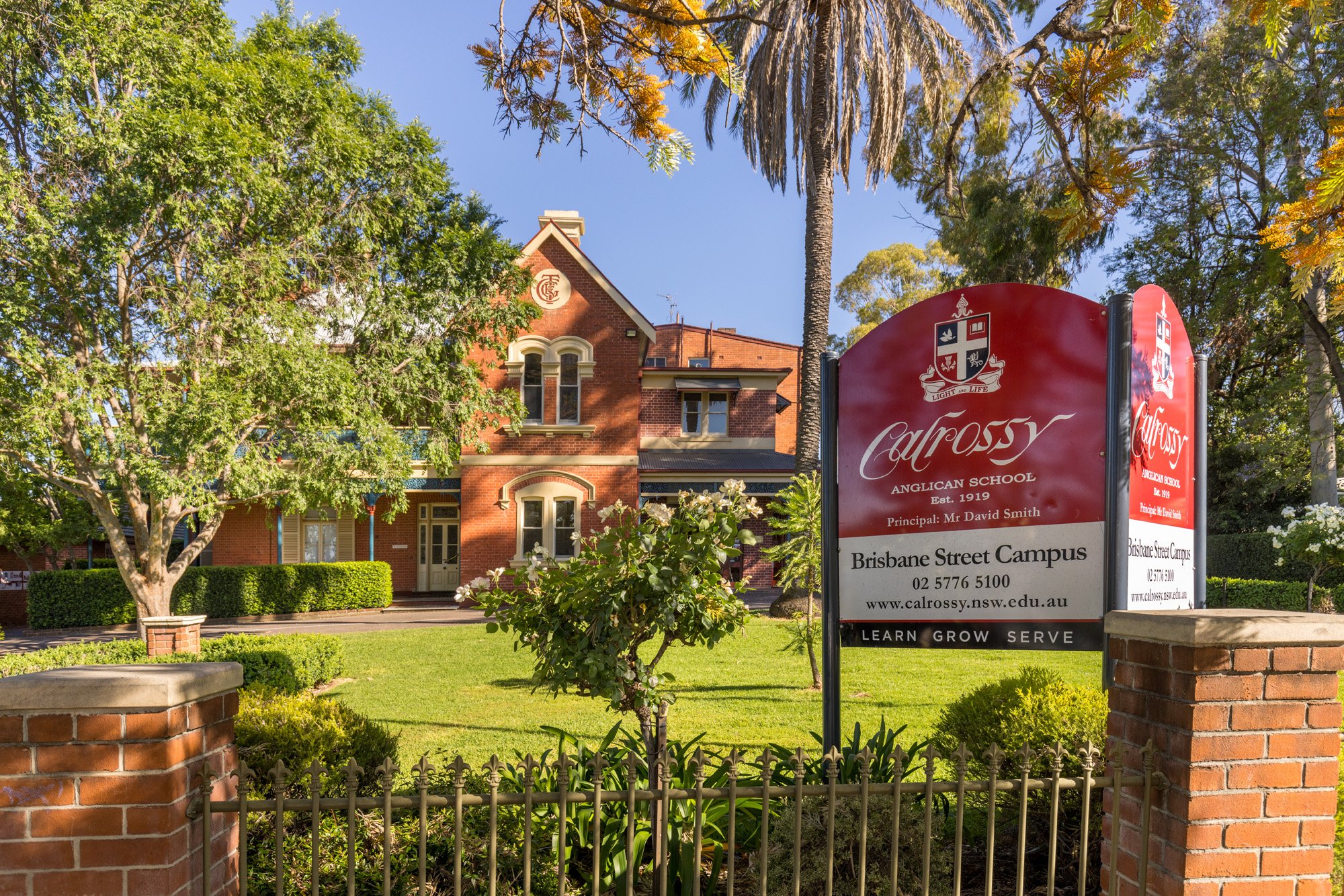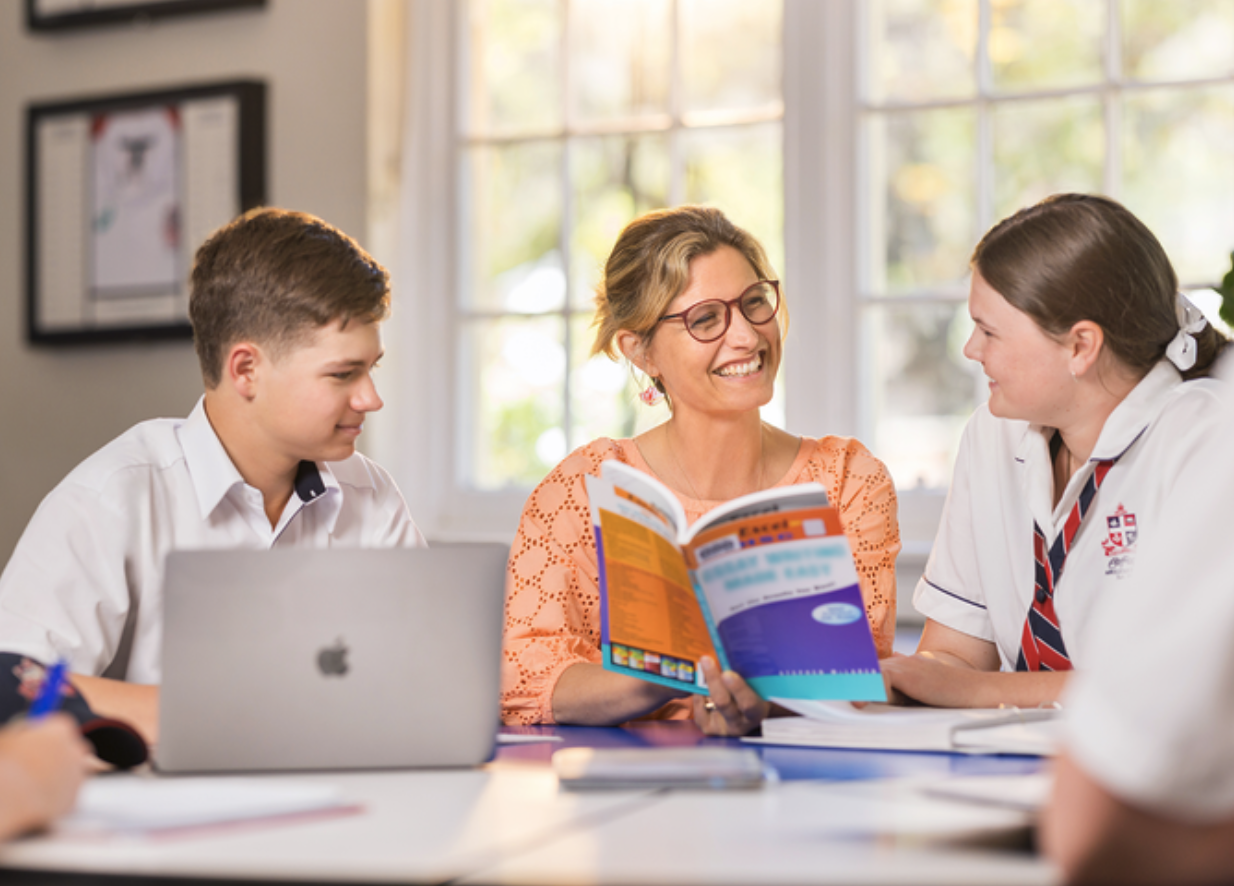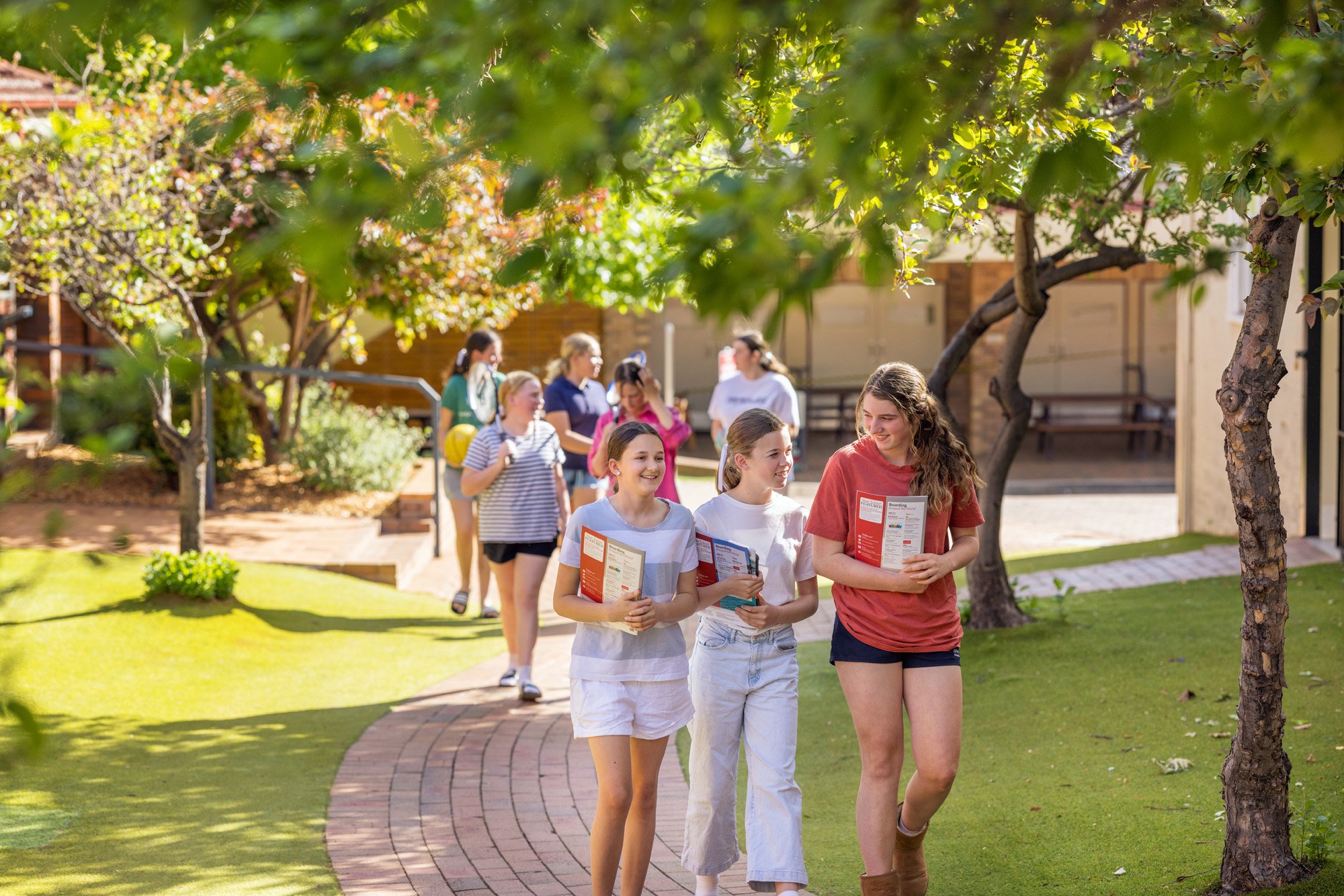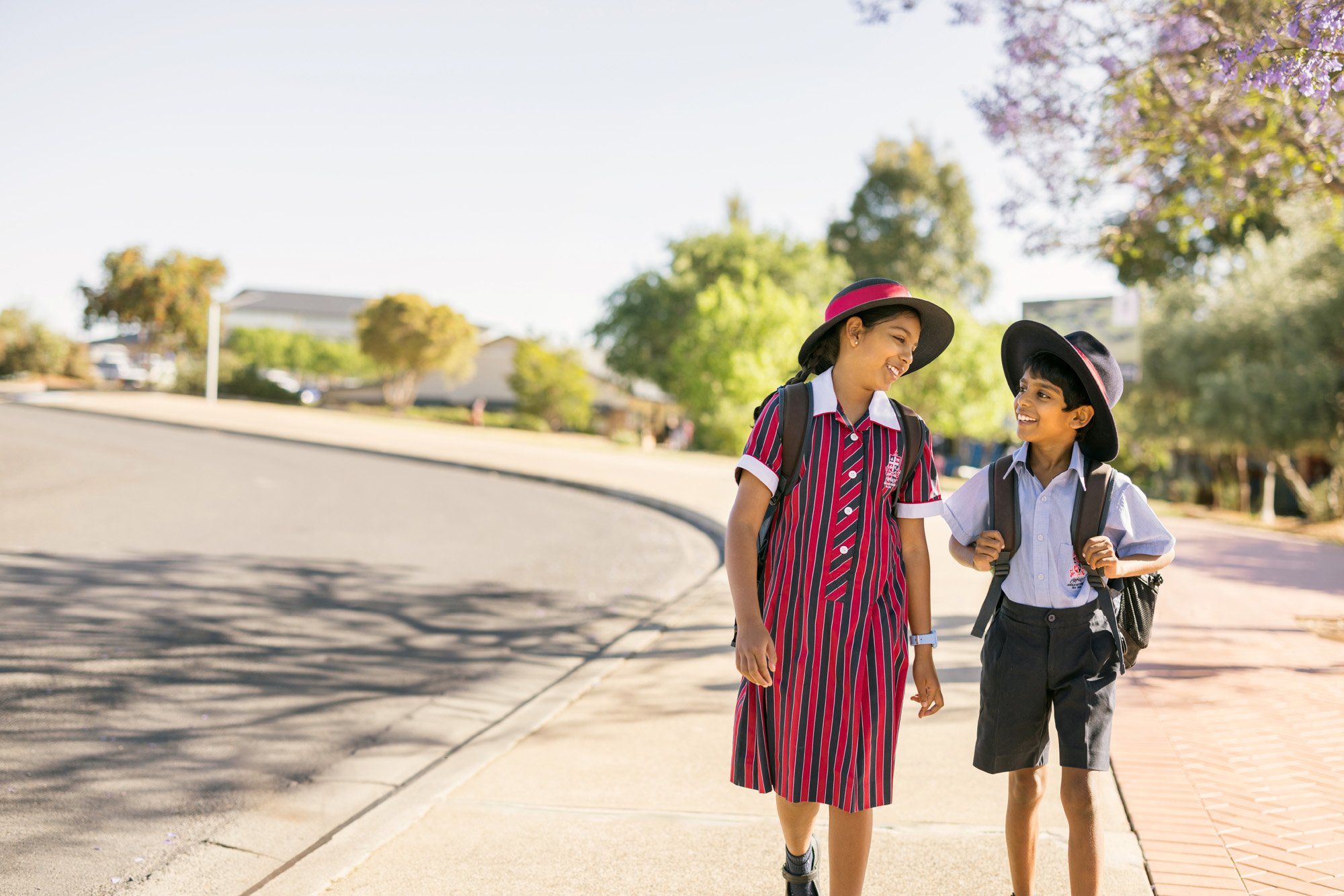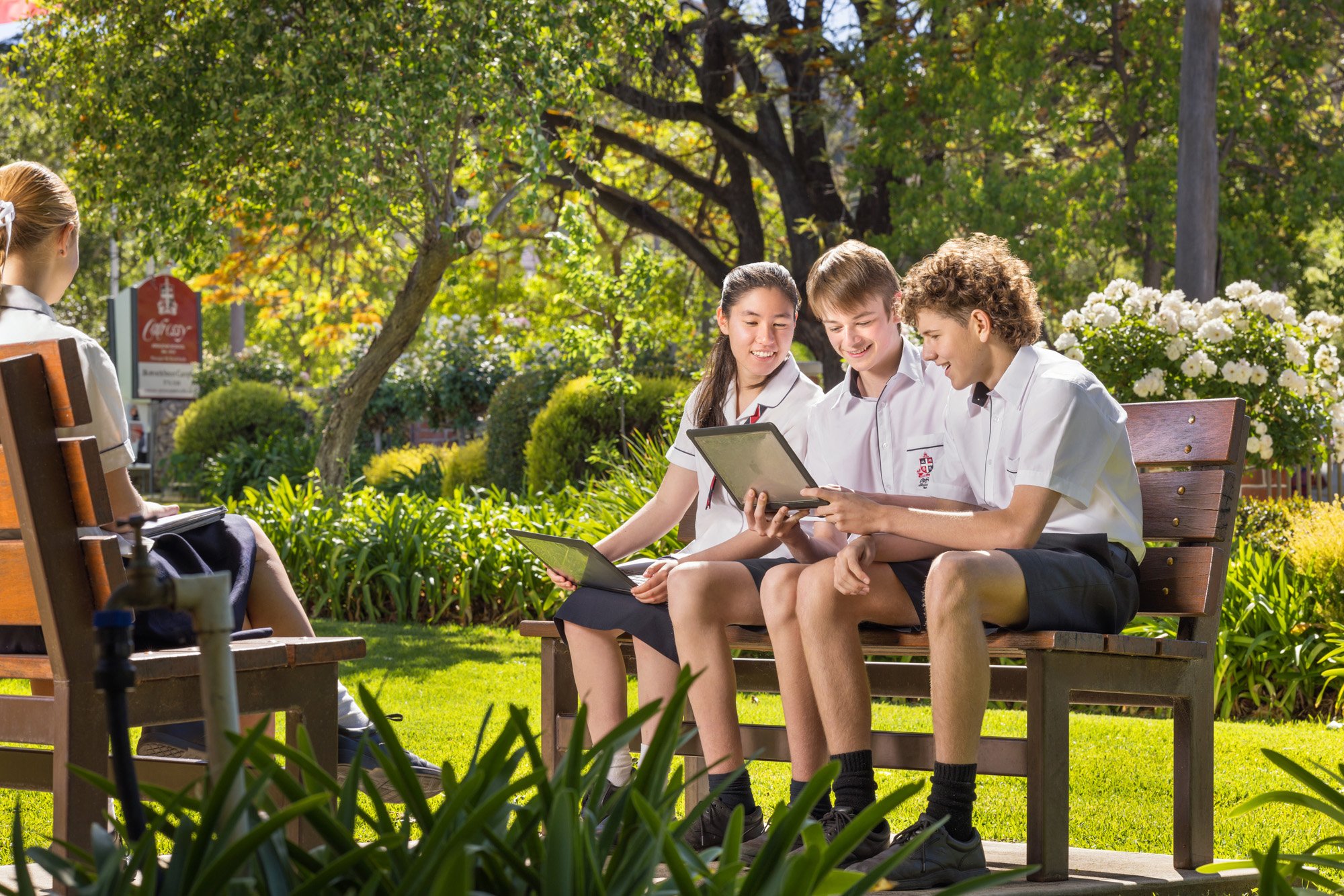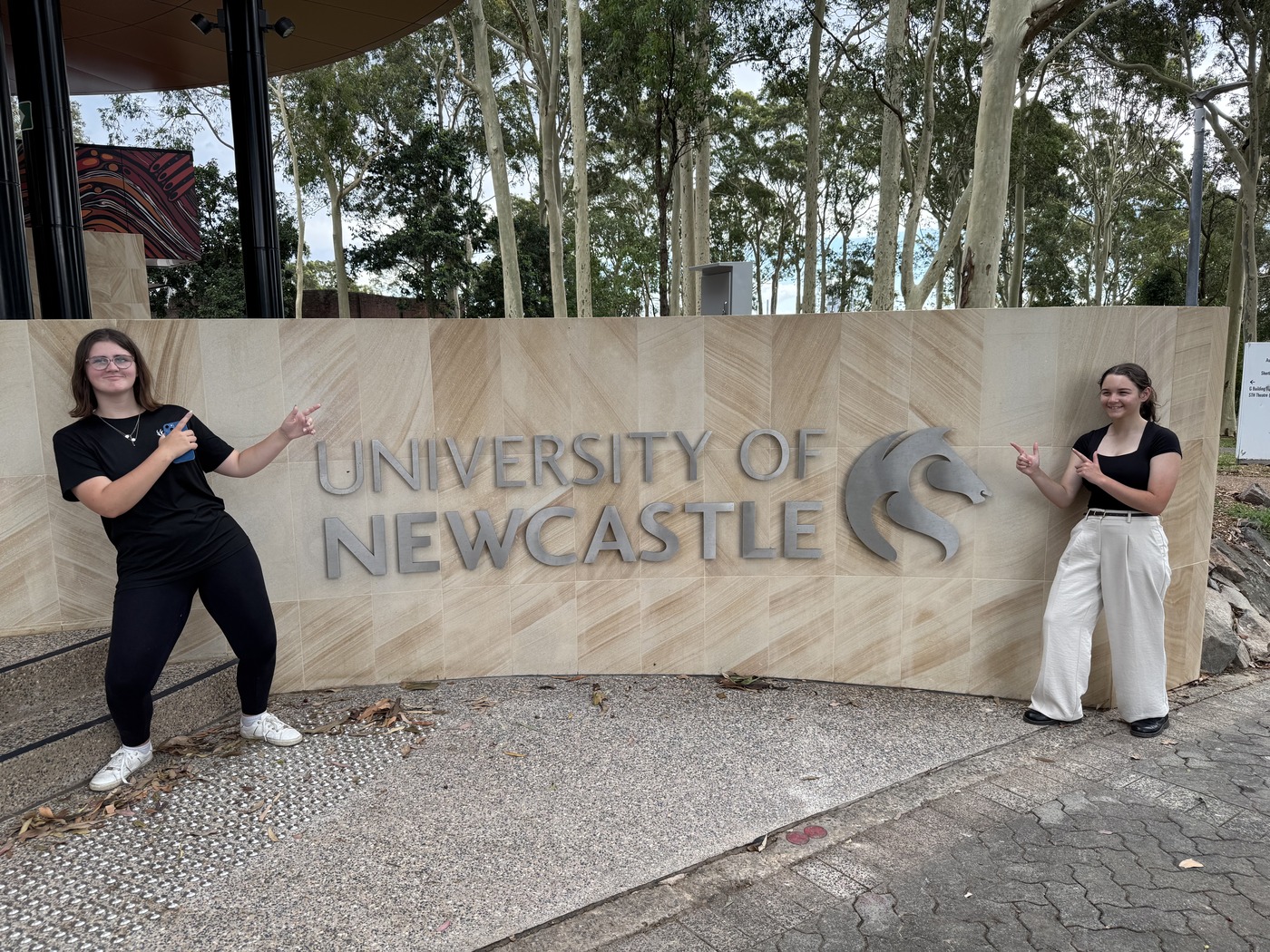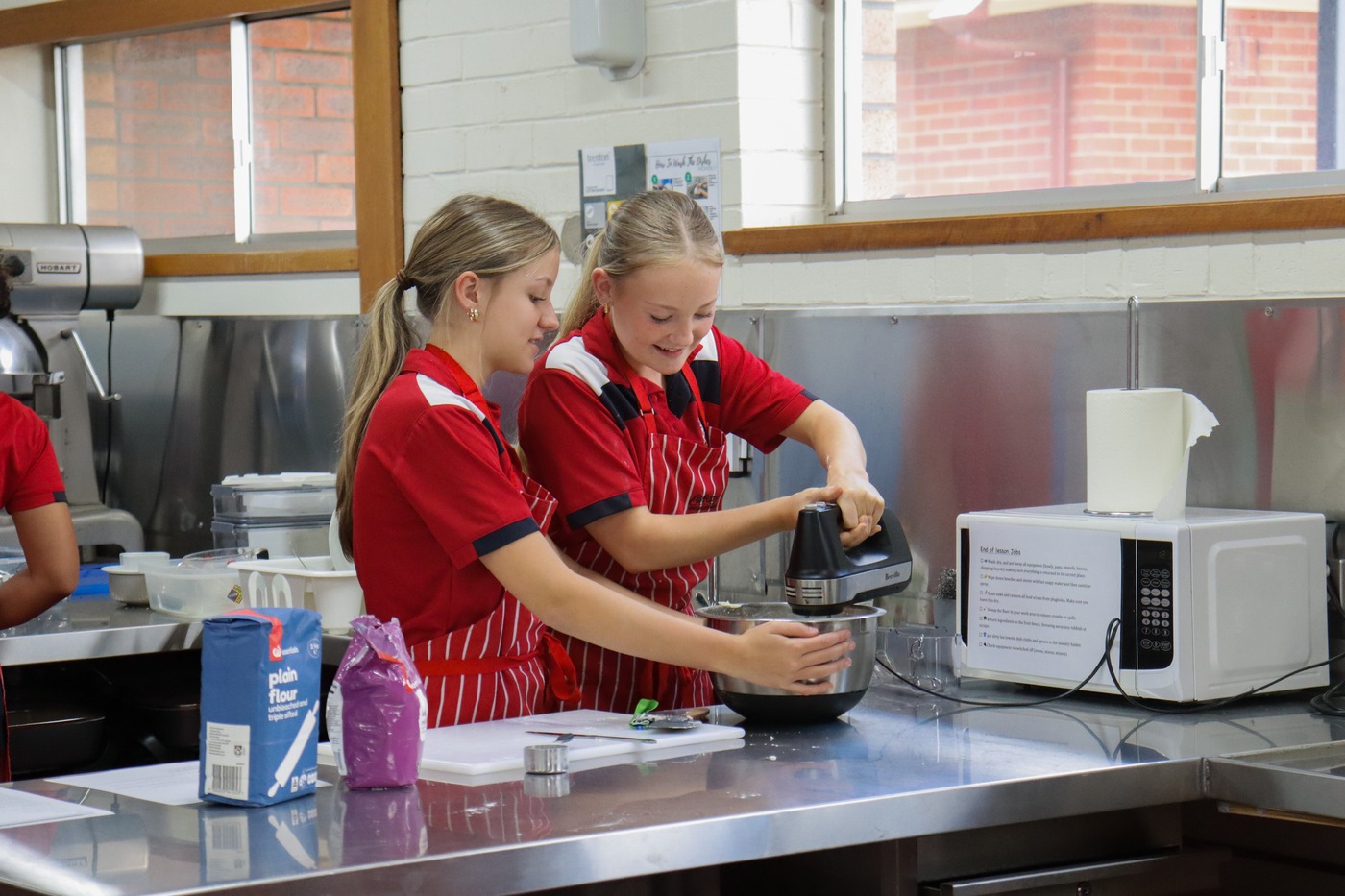Latest News

There’s pinball fever in the William Cowper Campus Tech Shed as Calrossy’s Year 8 students put their creative and critical thinking skills to the test. As part of their Technology curriculum, these Middle School learners are taking on the exciting challenge of designing and constructing their own timber pinball machines—a hands-on project that blends STEM, innovation and design thinking into one dynamic learning experience.

From the start, students have engaged deeply in the design process, guided by their individual folios and the comprehensive Pinball Fever workbook. Each student worked through a series of five structured tasks, beginning with the basics of engineered systems—learning key terminology and identifying the background, problem and limitations of their own design brief. They then moved into research and planning, investigating how different forces affect a pinball machine, the types of motion involved, and the components and materials needed to bring their ideas to life.
The design process was both theoretical and practical. Students experimented with multiple deck layouts, produced final design sketches, and carefully documented each step of construction—from cutting timber for the cabinet and assembling mechanical features, to installing flippers, bumpers and ramps. With a strong focus on testing and iteration, students conducted multiple trials to evaluate the performance of their machines and made informed adjustments based on their findings.
The Pinball Fever workbook also guided students through workplace health and safety practices and the engineering design process. Using Gantt charts, they planned their build from start to finish—scheduling tasks like assembling the cabinet, testing flipper mechanisms, selecting a theme, and experimenting with bumper placement. This structured approach not only supported time management but also allowed students to reflect on their decision-making, showcasing the application of both critical and creative thinking.

At Calrossy, our Middle School technology curriculum is about much more than building—it’s about equipping students to explore, experiment and problem-solve with purpose. Projects like this develop resilient, innovative learners who aren't afraid to take risks, work collaboratively and bring big ideas to life.






